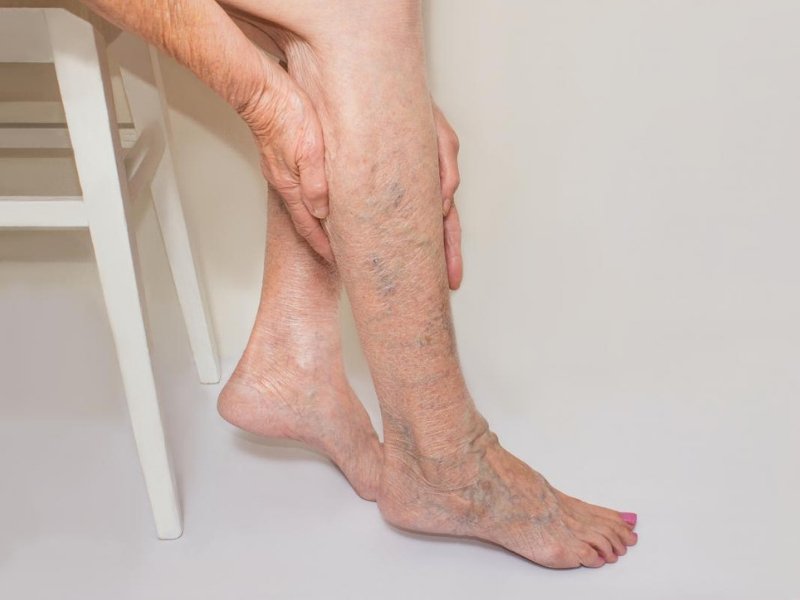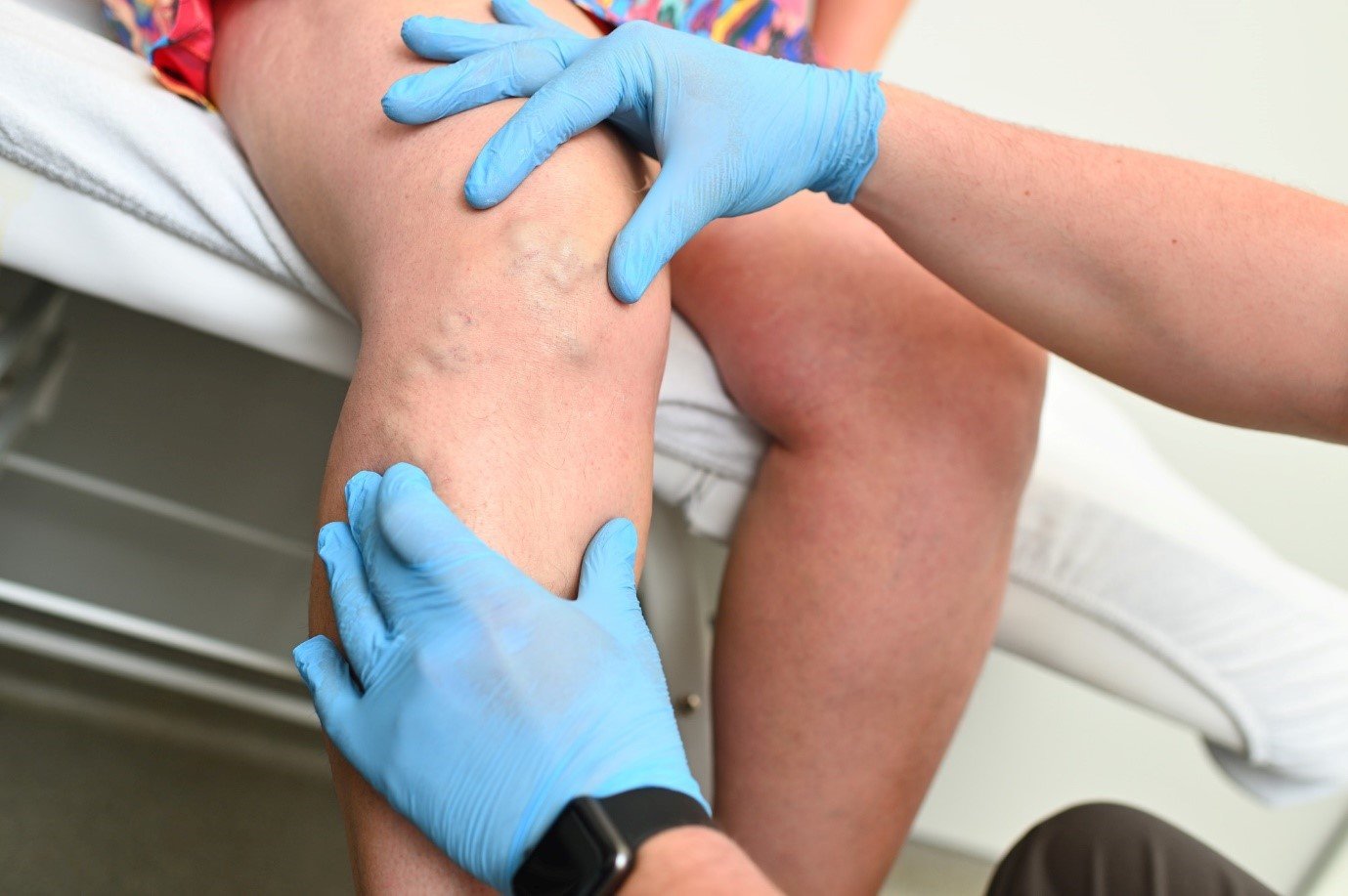Ulcers are wounds or open sores that will not heal or keep returning.
What are the types of leg and foot ulcers?
The three most common types of leg and foot ulcers include:
-
- Venous stasis ulcers
- Neurotrophic (diabetic)
- Arterial (ischemic ulcers)
Ulcers are typically defined by the appearance of the ulcer, the ulcer location, and the way the borders and surrounding skin of the ulcer look.
Venous Stasis Ulcers
Location on body: Below the knee – primarily found on the inner part of the leg, just above the ankle. Ulcers may affect one or both legs.
Appearance:
Base: Red in color and may be covered with yellow fibrous tissue. There may be a green or yellow discharge if the ulcer is infected. Fluid drainage can be significant.
Borders: Usually irregularly shaped. The surrounding skin is often discolored and swollen. It may even feel warm or hot. The skin may appear shiny and tight, depending on the amount of edema (swelling).
Who is affected: Venous stasis ulcers are common in patients who have a history of leg swelling, varicose veins, or a history of blood clots in either the superficial or the deep veins of the legs. Venous ulcers affect 500,000 to 600,000 people in the United States every year and account for 80 to 90 percent of all leg ulcers.
Who has affected: Neurotrophic ulcers occur primarily in people with diabetes, although they can affect anyone who has an impaired sensation of the feet.
Neuropathy and peripheral artery disease often occur together in people who have diabetes. Nerve damage (neuropathy) in the feet can result in a loss of foot sensation and changes in the sweat-producing glands, increasing the risk of being unaware of foot calluses or cracks, injury or risk of infection. Symptoms of neuropathy include tingling, numbness, burning or pain.
It is easy to understand why people with diabetes are more prone to foot ulcers than other patients. This is why people with diabetes need to inspect their feet daily and wear appropriate footwear. People with diabetes should never walk barefoot.
Arterial (ischemic) Ulcers
Location on body: On the feet – often on the heels, tips of toes, between the toes where the toes rub against one another or anywhere the bones may protrude and rub against bed sheets, socks or shoes. They also occur commonly in the nail bed if the toenail cuts into the skin or if the patient has had recent aggressive toenail trimming or an ingrown toenail removed.
Appearance:
Base: Has a yellow, brown, grey or black color and usually does not bleed.
Borders: The borders and surrounding skin usually appear punched out. If irritation or infection is present, there may or may not be swelling and redness around the ulcer base. There may also be redness on the entire foot when the leg is dangled; this redness often turns to a pale white/yellow color when the leg is elevated. Arterial ulcers are typically very painful, especially at night. The patient may instinctively dangle his/her foot over the side of the bed to get pain relief.
Who is affected: The patient usually has prior knowledge of poor circulation in the legs and may have an accompanying disorder, such as those listed in the section, “What causes leg ulcers?”




